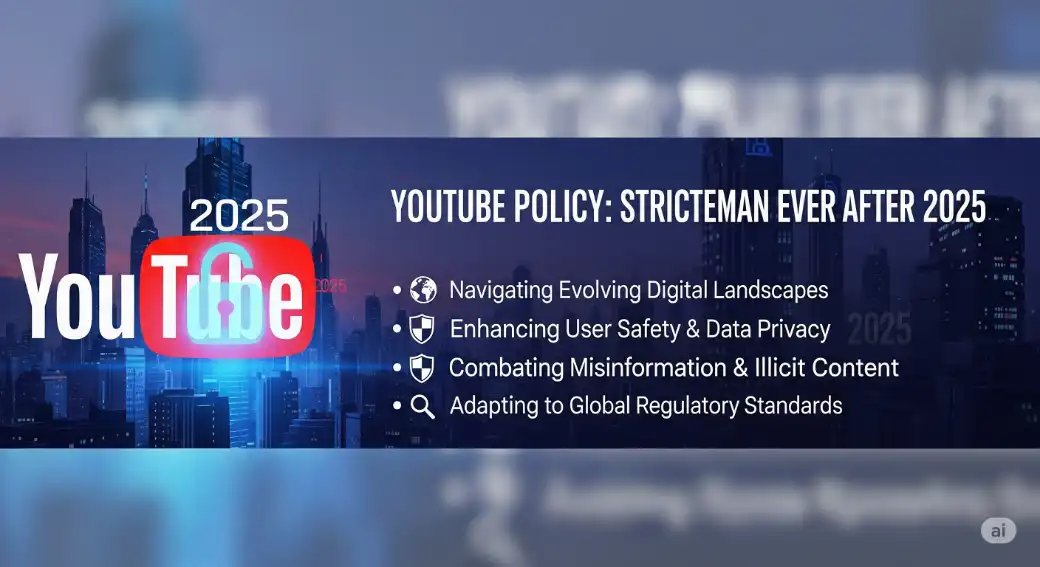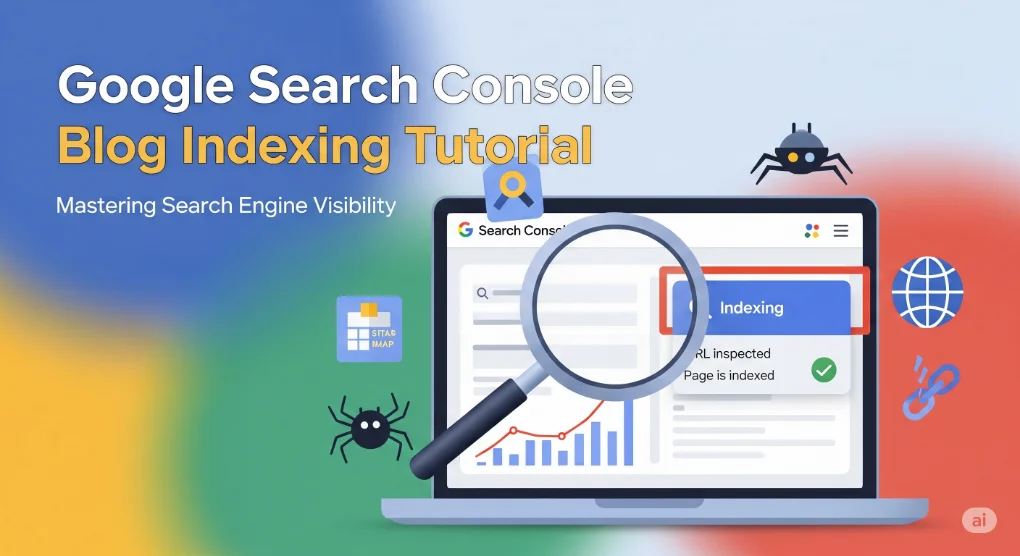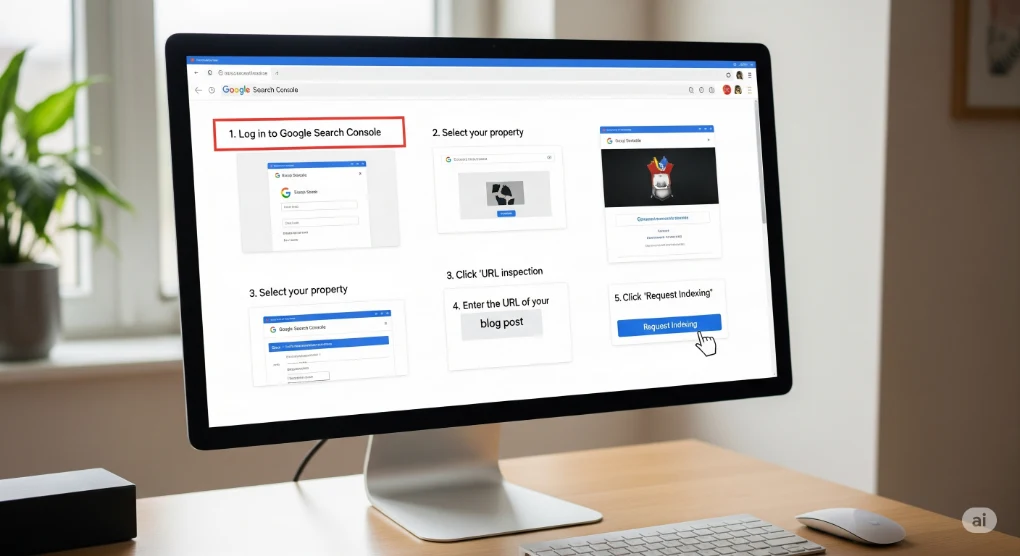Introduction
In the ever-changing landscape of digital media, YouTube has consistently remained the most influential video-sharing platform in the world. However, after 2025, many creators and viewers have noticed a dramatic shift in the way YouTube enforces its rules. The platform has become far stricter with its policies, applying tighter restrictions on content creation, monetization, and community standards. While some may see these changes as limiting creativity, YouTube argues that these steps are necessary to ensure a safe, transparent, and advertiser-friendly ecosystem. To understand why YouTube policy is strict after 2025, it is essential to explore the factors behind this transformation, the challenges YouTube faces, and how it impacts both creators and audiences.
The Evolution of YouTube Policies
When YouTube was first launched in 2005, the platform had minimal restrictions. It was a hub of creativity where users could upload almost anything as long as it did not violate basic copyright rules. Over the years, as YouTube grew into a global phenomenon, the demand for stricter rules increased. Advertisers wanted brand-safe environments, governments began pushing for content regulation, and viewers demanded better protection against harmful or misleading videos.
By 2020, YouTube introduced stricter monetization guidelines, requiring channels to meet minimum watch hours and subscriber counts. In 2023 and 2024, several controversies involving misinformation, harmful challenges, and inappropriate advertisements forced YouTube to strengthen its framework. By 2025, the platform adopted even more rigorous policies, transforming the digital space significantly.
Why Did YouTube Policies Become Stricter After 2025?
1. Government Regulations and Legal Pressure
Governments worldwide are more concerned about online safety than ever before. Issues like misinformation, political propaganda, cyberbullying, and harmful content have put YouTube under scrutiny. To avoid legal penalties and potential bans in certain countries, YouTube had to align its policies with stricter government standards.
2. Advertiser Demands for Brand Safety
YouTube generates most of its revenue through ads. Major brands no longer want their ads appearing next to controversial or offensive videos. After 2025, advertising companies pushed for stricter content moderation, leading to more rigid demonetization policies for videos that violate guidelines.
3. Artificial Intelligence and Algorithm Improvements
AI technology has become more advanced, allowing YouTube to automatically detect harmful or inappropriate content. With these new tools, YouTube can enforce policies more aggressively. Although this ensures cleaner content, many creators feel that AI-based moderation sometimes unfairly penalizes harmless videos.
4. Rising Competition in the Digital World
Platforms like TikTok, Instagram Reels, and emerging video apps have increased competition. To maintain trust among users, YouTube had to introduce stricter quality standards to separate itself as a platform that values safety and credibility over unchecked growth.
5. Protecting Younger Audiences
With a large number of children and teenagers using YouTube, the company faced constant criticism for exposing young audiences to harmful content. Post-2025, stricter age-restriction rules and child-safety measures were enforced, making YouTube a safer place for families.
Impact on Content Creators
1. Struggles with Monetization
Many small creators are finding it difficult to earn revenue because stricter rules lead to demonetization of videos with even minor violations. While YouTube wants to ensure brand safety, this has created frustration among new and independent creators.
2. Creative Limitations
Creators now have to be extra cautious about the language, visuals, and topics they use. Sensitive topics like politics, mental health, and social issues often face demonetization or limited reach, forcing creators to adapt their content strategies.
3. Opportunities for Quality Growth
On the positive side, stricter policies also mean higher-quality videos. With harmful and misleading content being filtered out, genuine creators who follow the rules have a better chance of building loyal audiences and long-term growth.
Impact on Viewers
Viewers benefit from a safer environment where misleading and harmful videos are reduced. Misinformation, fake news, and violent content are now less likely to appear in recommendations. However, some viewers feel that YouTube has become too restrictive, limiting exposure to diverse opinions and raw creativity.
The Future of YouTube After 2025
The future of YouTube lies in balance. While strict policies are essential for protecting advertisers and users, the platform must ensure that it does not stifle creativity and freedom of expression. In the coming years, YouTube may focus on:
-
Better AI moderation that distinguishes between harmful and creative content.
-
Transparent communication with creators about why certain videos are demonetized.
-
Stronger partnerships with governments and brands without compromising user freedom.
-
Support for small creators through new revenue models such as memberships, super chats, and brand collaborations.
Conclusion
YouTube’s strict policies after 2025 may feel overwhelming for both creators and viewers, but they reflect the platform’s responsibility as the world’s largest video-sharing site. With billions of users and millions of hours of content uploaded daily, strict guidelines are necessary to maintain safety, credibility, and advertiser trust. While challenges remain, creators who adapt to these rules can still find success, and viewers can enjoy a safer, more reliable online experience. Ultimately, the future of YouTube will depend on how well it balances innovation, freedom, and responsibility in a rapidly changing digital world.





